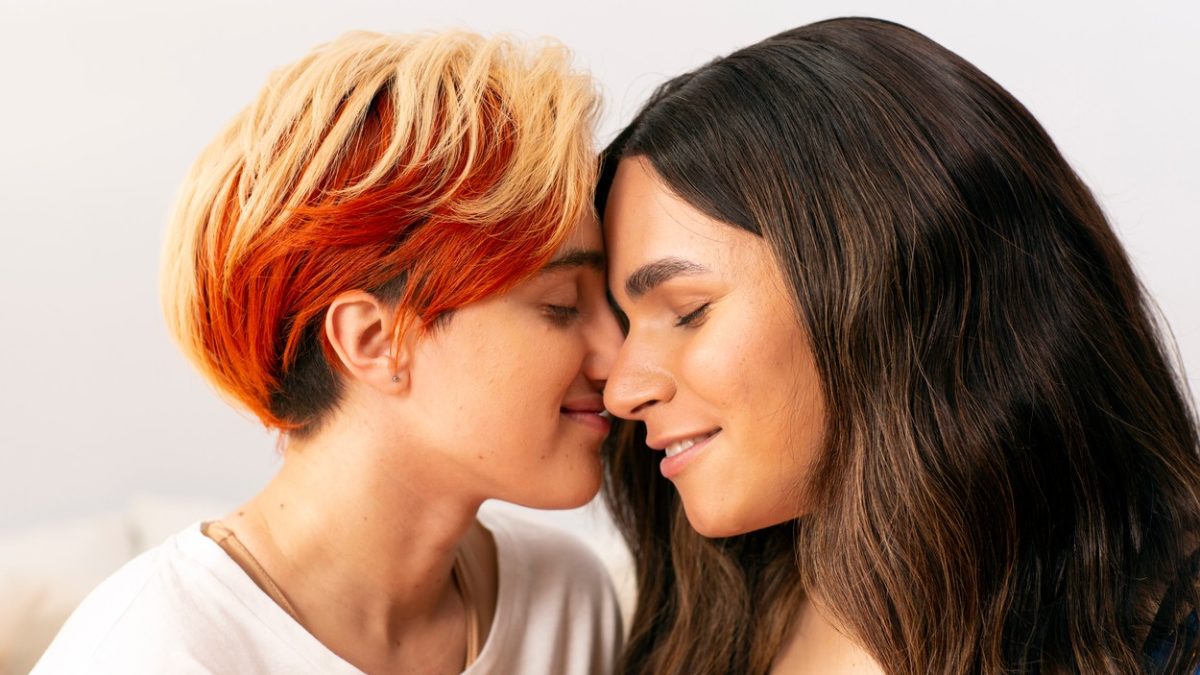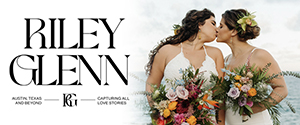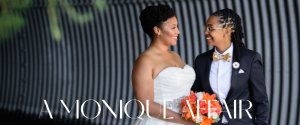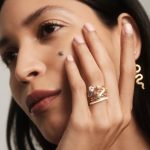If you’re as tired of the same cisheteronormative stock photos in media as we are, check out The Gender Spectrum, the gender-inclusive stock photo library that Vice Media’s Broadly just launched.
The collection features trans and nonbinary models and is made available to the public for free, making it an excellent resource for journalists, editors, social media managers, nonprofit organizations and others who may be looking for inclusive stock images.
The library contains over 180 images of 15 trans and non-binary models, shot by artist and photographer Zackary Drucker. These images have been made available to other media organizations through a Creative Commons license, according to Broadly.
“We really wanted to show that trans people are real people with fully lived lives,” Broadly editor-in-chief Lindsay Schrupp tells Columbia Journalism Review. “And we wanted to represent trans and non-binary people in positions of power, as doctors and CEOs.”
According to a representative from Shutterstock, there was a 64 percent increase in “transgender” as a search term in February as compared to the same time last year, and image searches for “gender fluid” on Getty Images tripled between June 2017 and June 2018.
Broadly encourages people to use these images beyond stories exclusive to the trans and nonbinary community, such as stories on topics like beauty, work, education, relationships or wellness. “Including transgender and non-binary people in stories not explicitly about gender identity paints a more accurate depiction of the world we live in today,” it says on the website outlining guidelines for usage.
Every photo in the library includes an image description, including each model’s gender identification in the caption of each photo, in order to help editors avoid making assumptions when choosing images.
“We wanted to start helping the rest of the industry hold themselves accountable, too,” Schrupp tells CJR. “And we know that the media can still do better in avoiding harmful stereotypes by not misgendering.”
We hope to see The Gender Spectrum expand in the future to include even more images that represent real people, including visibly disabled trans and nonbinary people. We also hope the launch of The Gender Spectrum will encourage more people and media companies to create inclusive and varied stock photo libraries.






























